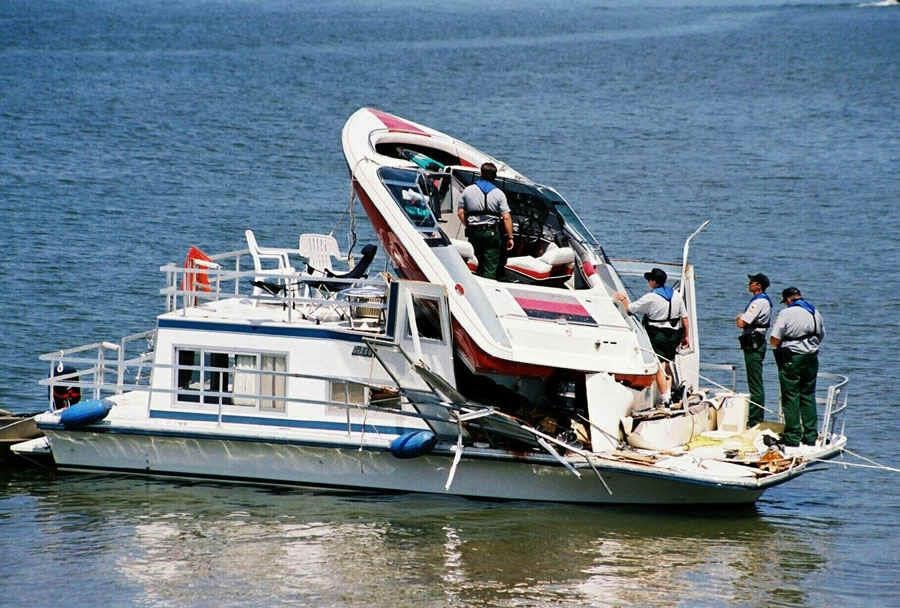Rule 2: Responsibility
- Nothing in these Rules shall exonerate any vessel, or the owner, master or crew thereof, from the consequences of any neglect to comply with these Rules or of the neglect of any precaution which may be required by the ordinary practice of seamen, or by the special circumstances of the case.
- In construing and complying with these Rules due regard shall be had to all dangers of navigation and collision and to any special circumstances, including the limitations of the vessels involved, which may make a departure from these Rules necessary to avoid immediate danger.
What this means:
Rule 2: Responsibility – Our plain English guide to help you understand & remember this rule.
Rule 2 is particularly brilliant in its method of calling out stupid actions. There is a reference to the ‘precaution which may be required by the ordinary practice of seamen’ or ‘by the special circumstances of the case’.
Common sense
Essentially, it suggests that vessels may depart from the rules if the ‘limitations of another vessel’ make a departure from them necessary to avoid immediate danger or if any ‘sensible seamen’ would consider the best action.
Converting this into a simple statement, ‘common sense must prevail’.
For example, the rules do not define a vessel at anchor, which arguably could be defined as ‘restricted in her ability to manoeuvre’; however, basic seamanship and common sense indicate that an anchored vessel cannot do anything to avoid a collision. Driving into its side would not be considered ‘good seamanship’ when later questioned about the incident!
However, Rule 2 does not give anyone carte blanche to break or bend the rules simply because they feel it is convenient; it only allows for this if it becomes the best course of action.

Key Point:
Common sense prevails. Everyone must take responsibility for avoiding a collision; hiding behind the rules is not an option.


